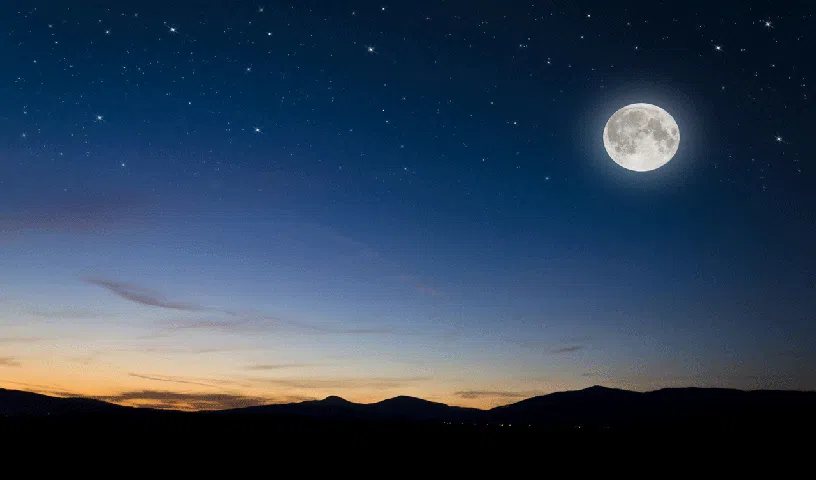
The Moon’s relationship with Earth is crucial for stabilising our planet’s axial tilt and influencing tides, but this still does not qualify it as a planet.
Hyderabad: Answer is technically no, the Moon is not a planet. It is Earth‘s natural satellite, meaning it orbits around our planet. A planet, by definition, is a celestial body that orbits a star, is spherical due to its gravity, and has cleared its orbit of other debris. The Moon, on the other hand, orbits Earth, not the Sun directly, and therefore does not meet the criteria to be classified as a planet.
An object must meet three key criteria set by the International Astronomical Union (IAU), to be classified as a planet.
Orbiting the sun: A planet must orbit the Sun directly, rather than orbiting another planet or object. This means it must be part of a solar system, moving around the star at the center of that system.
Sufficient mass for a round shape: A planet must have enough mass for its gravity to pull it into a nearly spherical shape. This means it must be large enough for gravity to overcome other forces and form a shape that is close to round.
Cleared its orbital path: A planet must have cleared its orbit of other debris and objects. This means it must be gravitationally dominant in its region of space, with no significant competing objects sharing its orbital path.
If an object meets these criteria, it is considered a planet. Objects like the Moon, which orbit other planets, do not qualify under this definition.
While the Moon is similar in size and composition to some of the smaller planets in our solar system, it lacks its own independent orbit around the Sun. Instead, it shares Earth’s orbit, which is why it is considered a satellite of Earth, not a planet.







